Systems Security Certified Practitioner (SSCP) Overview
Systems Security Certified Practitioner Course Outline
Domain 1: Security Operations and Administration
- Comply with Codes of Ethics
- Understand Security Concepts
- Document, Implement, and Maintain Functional Security Controls
- Asset Management Lifecycle
- Change Management Lifecyle
- Implementing Security Awareness and Training
- Collaborate with Physical Security Operations
Domain 2: Access Controls
- Implement and Maintain Authentication Methods
- Support Internetwork Trust Architectures
- Participate in the Identity Management Lifecycle
- Understand and Apply Access Controls
Domain 3: Risk Identification, Monitoring, and Analysis
- Risk Management Process
- Understand Legal and Regulatory Concerns
- Security Assessment and Vulnerability Management Activities
- Operate and Monitor Security Platforms
- Analyse Monitoring Results
Domain 4: Incident Response and Recovery
- Support Incident Lifecycle
- Understand and Support Forensic Investigations
- Understand and Support Business Continuity Plan (BCP) and Disaster Recovery Plan (DRP)
Domain 5: Cryptography
- Introduction of Cryptography
- Apply Cryptography Concepts
- Understand and Implement Secure Protocols
- Public Key Infrastructure (PKI)
Domain 6: Network and Communications Security
- Apply Fundamental Concepts of Networking
- Network Attacks
- Manage Network Access Controls
- Manage Network Security
- Operate and Configure Network-Based Security Devices
- Secure Wireless Communications
Domain 7: Systems and Application Security
- Identify and Analyse Malicious Code and Activity
- Implement and Operate End-Point Device Security
- Administer Mobile Device Management (MDM)
- Understand and Configure Cloud Security
- Operate and Maintain Secure Virtual Environments


Who should attend this Systems Security Certified Practitioner (SSCP) Course?
The Systems Security Certified Practitioner (SSCP) Course is designed to impart knowledge and skills about the foundational aspects of information security across various domains. This course is beneficial for various professionals, including:
- IT Administrators
- Compliance Officers
- Security Systems Engineers
- Security Analysts
- Security Consultants
- IT Auditors
- Data Communications Analysts
Prerequisites of the Systems Security Certified Practitioner (SSCP) Course
There are no prerequisites required for the Systems Security Certified Practitioner (SSCP) Course. However, prior experience in information security and knowledge of cybersecurity principles would be beneficial for the delegates.
Systems Security Certified Practitioner Course Overview
Systems Security Certified Practitioner (SSCP) is a globally recognised professional certification course designed to validate fundamental knowledge and skills in information security. Covering network and endpoint security, access restrictions, security operations, and incident response, the SSCP Certification is vital for professionals aiming to demonstrate their expertise in information security.
Understanding systems security is imperative in today's digital landscape, making it crucial for professionals in IT, cybersecurity, and related fields to master this subject. Acquiring SSCP Certification is particularly important, as it not only bolsters career prospects but also opens doors to higher salaries and increased opportunities for career advancement. This certification ensures that individuals possess the necessary skills to address the evolving challenges of information security.
This 3-day Systems Security Certified Practitioner (SSCP) Training course by the Knowledge Academy is tailored to equip delegates with foundational knowledge and skills in information security. Covering essential topics like network and endpoint security, access controls, security operations, and incident response, the course also delves into compliance, regulations, and ethical practices in security.
Course Objectives:
- To develop knowledge of network and endpoint security concepts
- To understand access controls and authentication mechanisms
- To learn about security operations and incident response procedures
- To identify and manage security risks and vulnerabilities
- To gain an understanding of cryptography and encryption techniques
- To understand security regulations, compliance, and ethical practices
Upon completion of this SSCP Course, delegates will benefit from enhanced knowledge and skills in information security, positioning themselves as proficient practitioners in the field. They will be well-prepared to tackle the challenges of securing networks and systems, contributing to the overall cybersecurity posture of their organisations.


What’s included in this Systems Security Certified Practitioner (SSCP) Course?
- World-Class Training Sessions from Experienced Instructors
- Systems Security Certified Practitioner (SSCP) Certificate
- Digital Delegate Pack


Why choose us
Ways to take this course
Experience live, interactive learning from home with The Knowledge Academy's Online Instructor-led Systems Security Certified Practitioner (SSCP). Engage directly with expert instructors, mirroring the classroom schedule for a comprehensive learning journey. Enjoy the convenience of virtual learning without compromising on the quality of interaction.
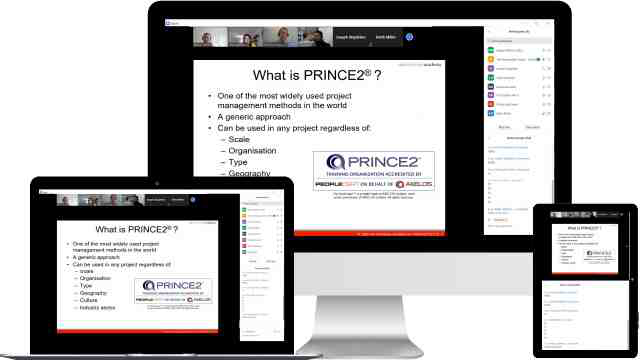
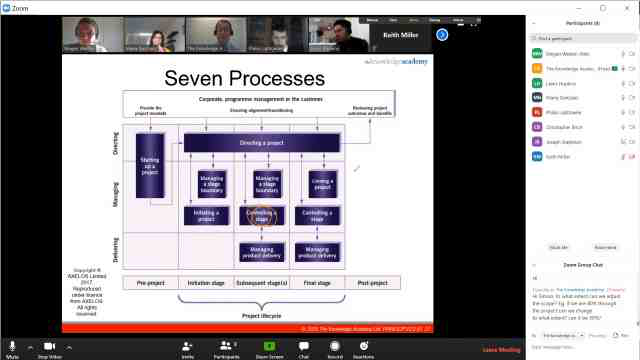
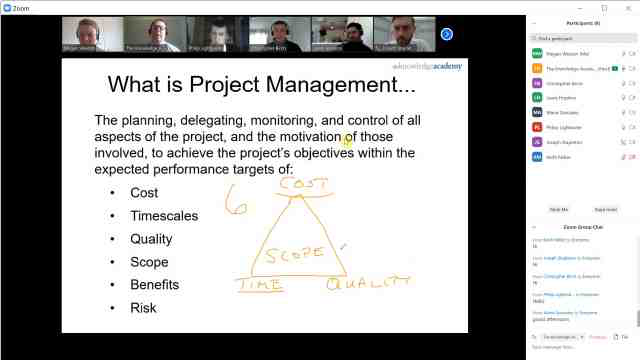
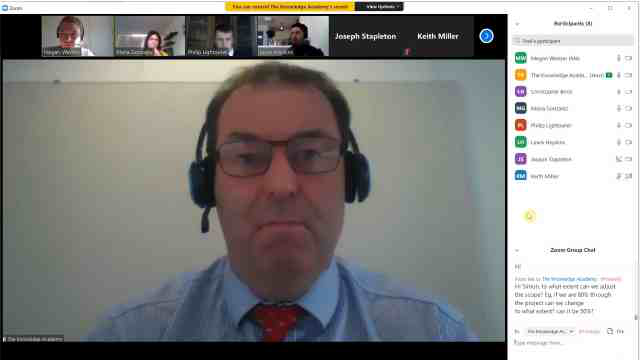
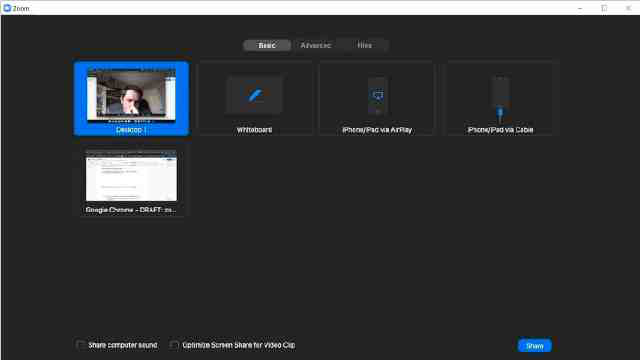
Unlock your potential with The Knowledge Academy's Systems Security Certified Practitioner (SSCP), accessible anytime, anywhere on any device. Enjoy 90 days of online course access, extendable upon request, and benefit from the support of our expert trainers. Elevate your skills at your own pace with our Online Self-paced sessions.
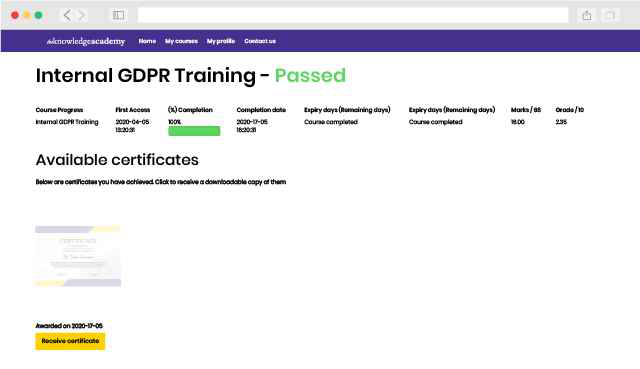
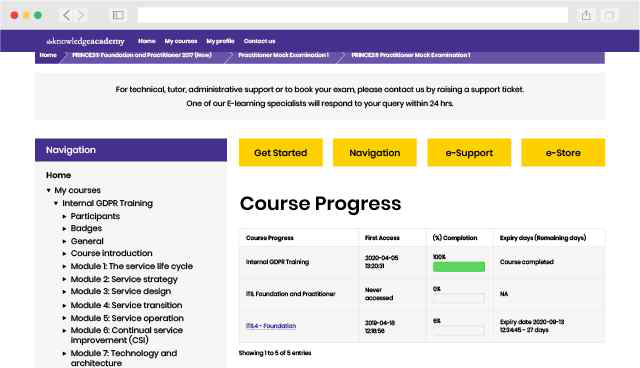
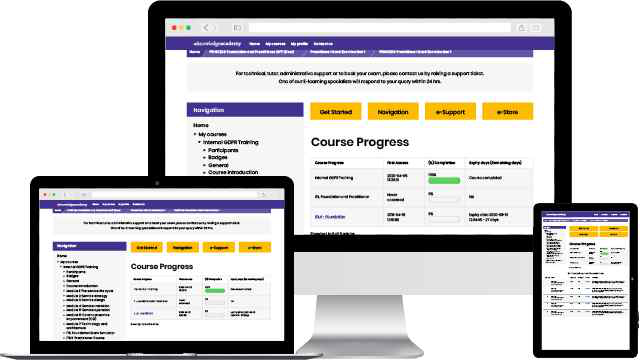
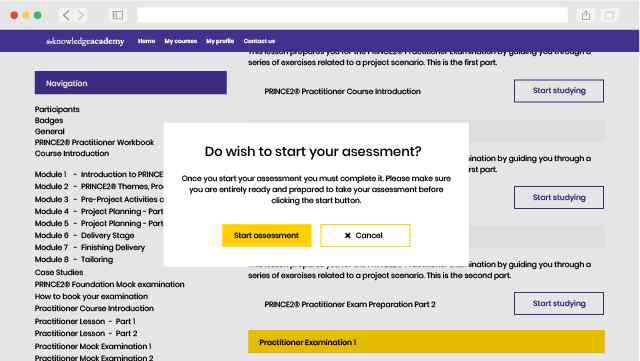
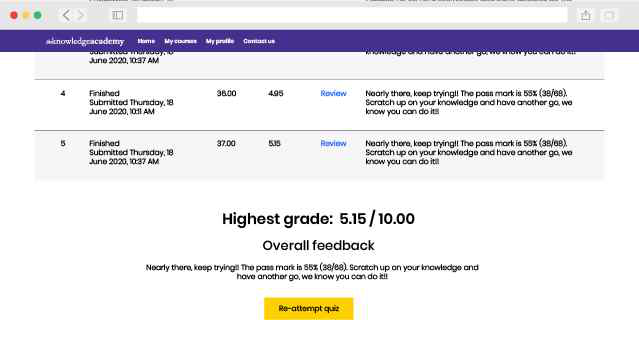
Experience the most sought-after learning style with The Knowledge Academy's Systems Security Certified Practitioner (SSCP). Available in 490+ locations across 190+ countries, our hand-picked Classroom venues offer an invaluable human touch. Immerse yourself in a comprehensive, interactive experience with our expert-led Systems Security Certified Practitioner (SSCP) sessions.

Highly experienced trainers
Boost your skills with our expert trainers, boasting 10+ years of real-world experience, ensuring an engaging and informative training experience

State of the art training venues
We only use the highest standard of learning facilities to make sure your experience is as comfortable and distraction-free as possible

Small class sizes
Our Classroom courses with limited class sizes foster discussions and provide a personalised, interactive learning environment

Great value for money
Achieve certification without breaking the bank. Find a lower price elsewhere? We'll match it to guarantee you the best value
Streamline large-scale training requirements with The Knowledge Academy’s In-house/Onsite Systems Security Certified Practitioner (SSCP) at your business premises. Experience expert-led classroom learning from the comfort of your workplace and engage professional development.

Tailored learning experience
Leverage benefits offered from a certification that fits your unique business or project needs

Maximise your training budget
Cut unnecessary costs and focus your entire budget on what really matters, the training.

Team building opportunity
Our Systems Security Certified Practitioner (SSCP) offers a unique chance for your team to bond and engage in discussions, enriching the learning experience beyond traditional classroom settings

Monitor employees progress
The course know-how will help you track and evaluate your employees' progression and performance with relative ease
What our customers are saying
-
Abbas Mehdi
nizair is very good
Eoin McAllister
Nizar was great - he was informative and knowledgeable and he really brought his experience out, in ways that we could understand and apply. Thank you.
Ellen Hallam
Systems Security Certified Practitioner (SSCP) FAQs

Why choose us

Best price in the industry
You won't find better value in the marketplace. If you do find a lower price, we will beat it.

Many delivery methods
Flexible delivery methods are available depending on your learning style.

High quality resources
Resources are included for a comprehensive learning experience.




"Really good course and well organised. Trainer was great with a sense of humour - his experience allowed a free flowing course, structured to help you gain as much information & relevant experience whilst helping prepare you for the exam"
Joshua Davies, Thames Water



Looking for more information on SSCP Training?
Systems Security Certified Practitioner (SSCP) in United Kingdom
 London
London Birmingham
Birmingham Bristol
Bristol Milton Keynes
Milton Keynes Manchester
Manchester Reading
Reading Glasgow
Glasgow Edinburgh
Edinburgh Southampton
Southampton Virtual
Virtual Bath
Bath Liverpool
Liverpool Nottingham
Nottingham Bedford
Bedford Bolton
Bolton Newcastle
Newcastle Brighton
Brighton Bournemouth
Bournemouth Bracknell
Bracknell Cardiff
Cardiff Bromley
Bromley Cambridge
Cambridge Burton Upon Trent
Burton Upon Trent Norwich
Norwich Buxton
Buxton Sheffield
Sheffield Belfast
Belfast Dublin
Dublin Canterbury
Canterbury Aberdeen
Aberdeen Maidstone
Maidstone Carlisle
Carlisle Chatham
Chatham Chelmsford
Chelmsford Chester
Chester Chichester
Chichester Chorley
Chorley Cirencester
Cirencester Colchester
Colchester Corby
Corby Coventry
Coventry Crewe
Crewe Darlington
Darlington Derby
Derby Doncaster
Doncaster Dundee
Dundee Dunfermline
Dunfermline Exeter
Exeter Fleet
Fleet Gatwick
Gatwick Gloucester
Gloucester Guildford
Guildford Harrogate
Harrogate Heathrow
Heathrow High Wycombe
High Wycombe Hinckley
Hinckley Inverness
Inverness Ipswich
Ipswich Kingston upon Hull
Kingston upon Hull Lincoln
Lincoln Leicester
Leicester Luton
Luton Middlesbrough
Middlesbrough Northampton
Northampton Oxford
Oxford Peterborough
Peterborough Plymouth
Plymouth Poole
Poole Portsmouth
Portsmouth Preston
Preston Slough
Slough Solihull
Solihull Stoke-on-Trent
Stoke-on-Trent Sunderland
Sunderland Swansea
Swansea Swindon
Swindon Teesside
Teesside Tonbridge
Tonbridge Wakefield
Wakefield Warrington
Warrington Warwick
Warwick Watford
Watford Windsor Town
Windsor Town Wokingham
Wokingham Wolverhampton
Wolverhampton Worcester
Worcester Wrexham
Wrexham York
York
 Back to course information
Back to course information
Advanced Data Protection Bundle
Save upto 40%Included courses:
CISSP Certification£3695
Certified EU General Data Protection Regulation (EU GDPR) Foundation and Practitioner£2295


Total without package: £12480
Package price: £7495 (Save £4985)
Limited budget?
 If you miss out, enquire to get yourself on the waiting list for the next day!
If you miss out, enquire to get yourself on the waiting list for the next day!













 If you wish to make any changes to your course, please
If you wish to make any changes to your course, please

